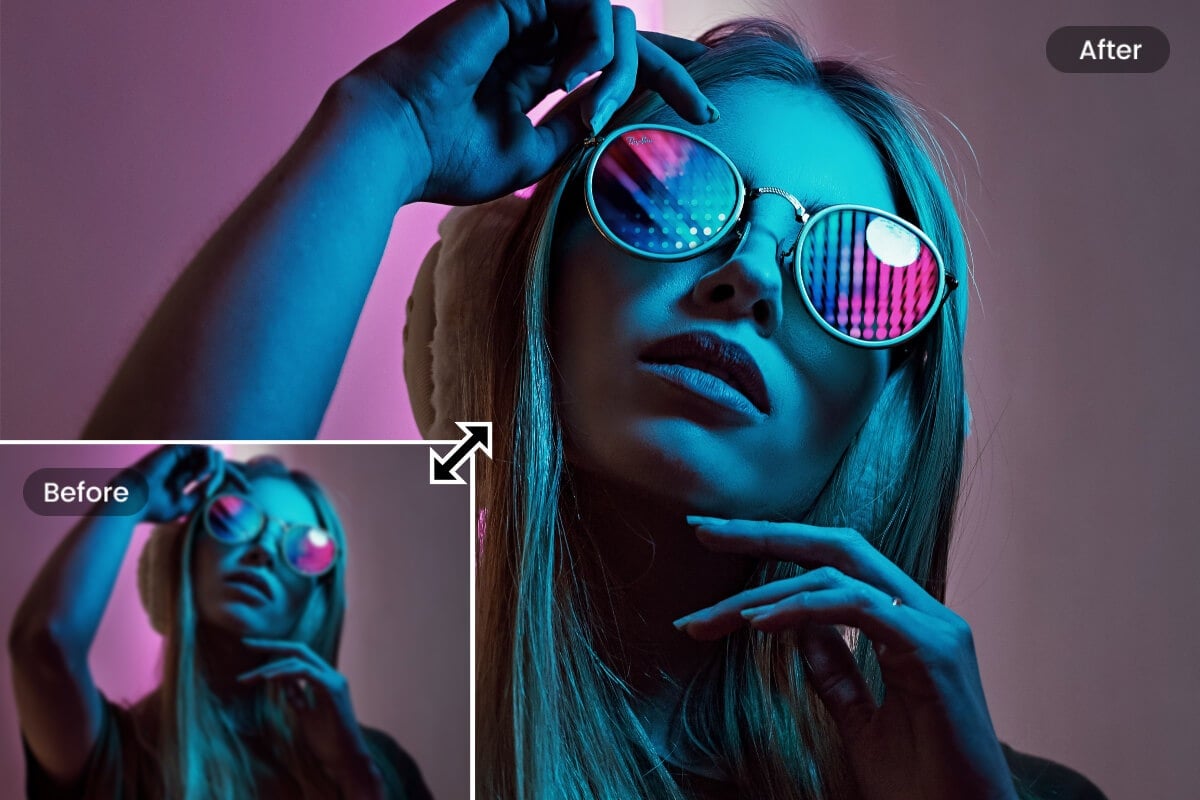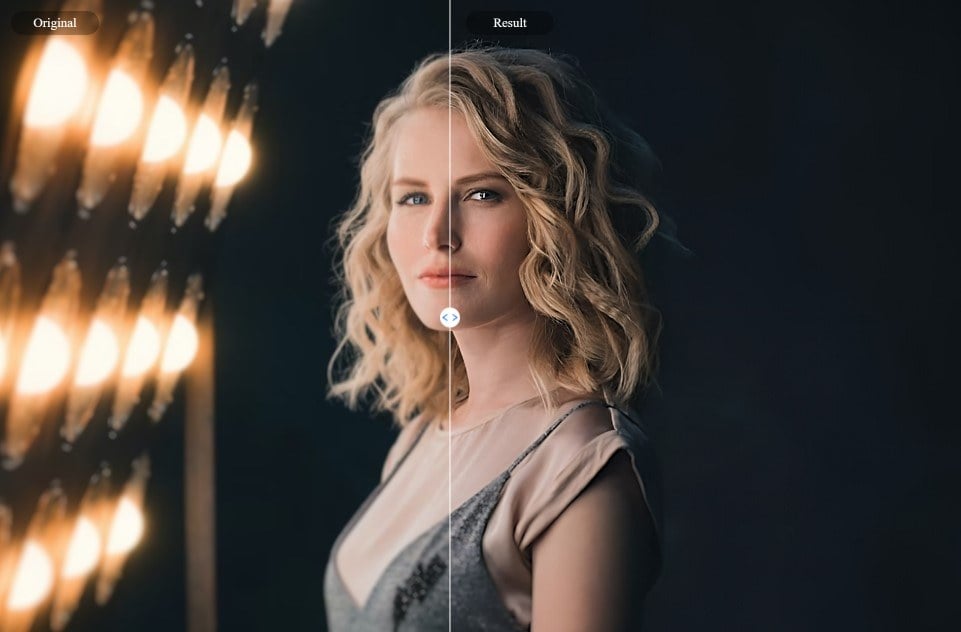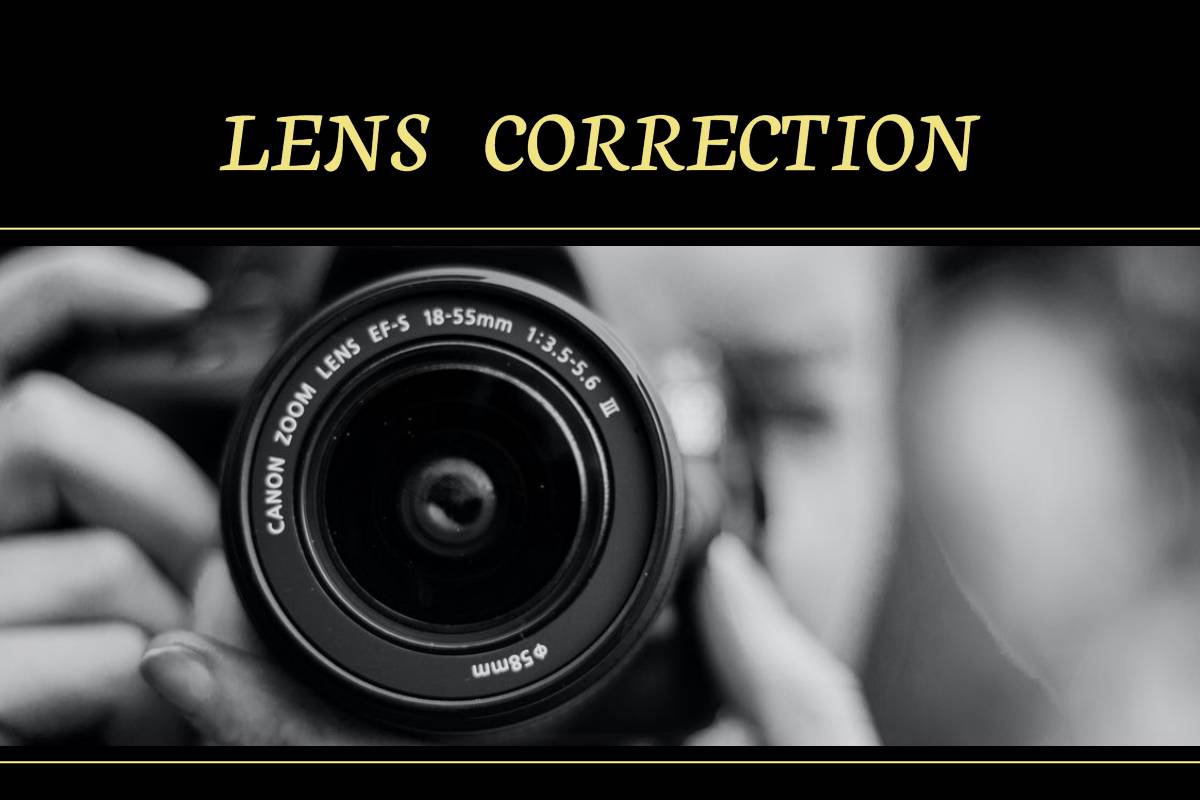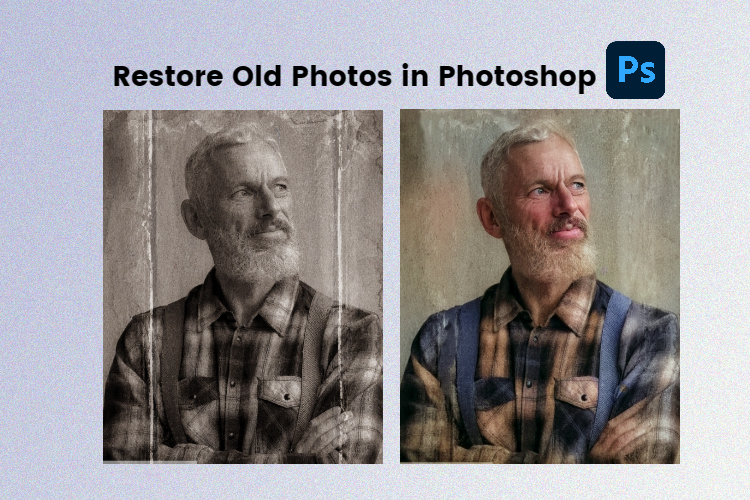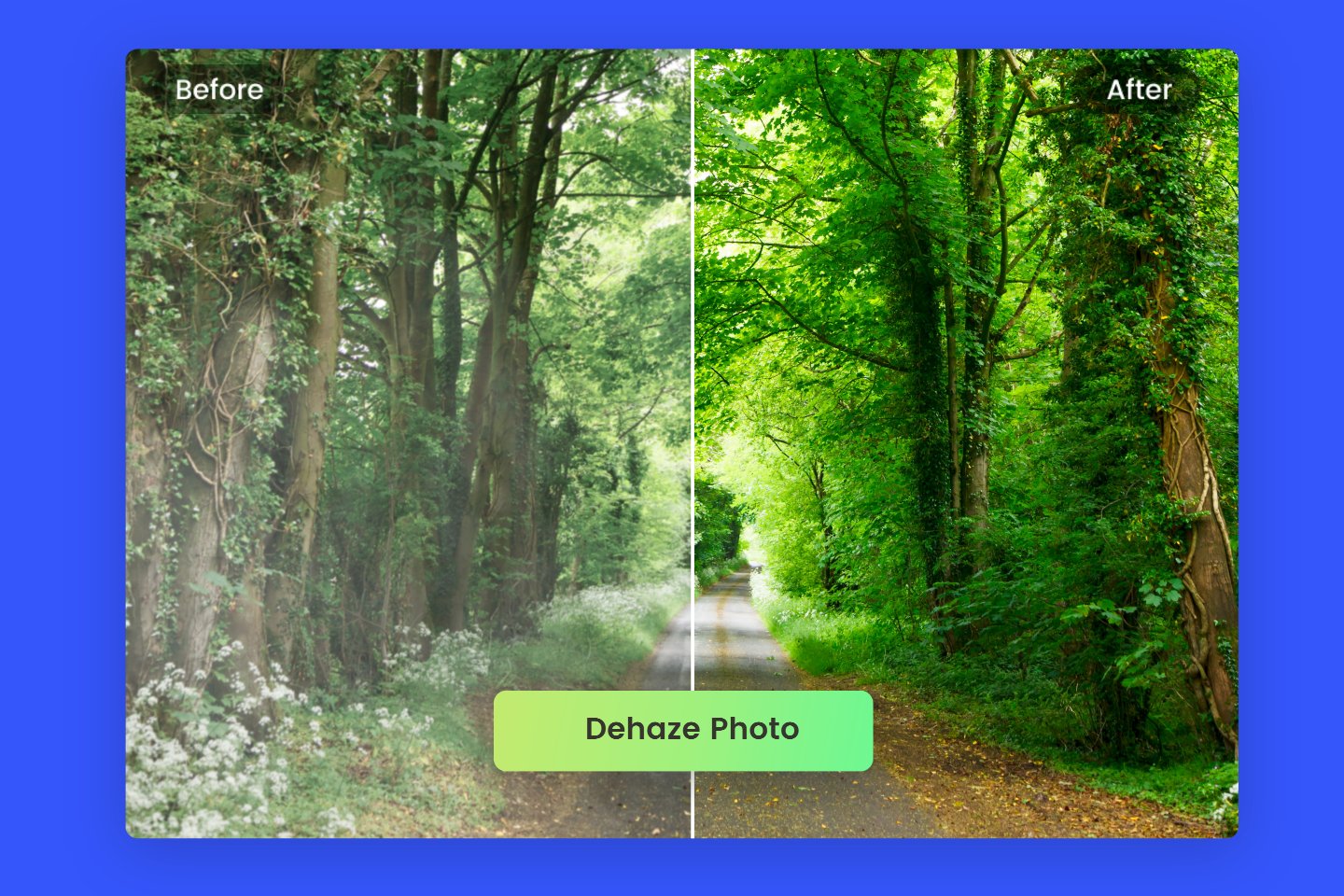What Is HDR: Overall Guide of HDR in Photography
Summary: this is an ultimate guide on what is HDR in photography, containing the introduction of HDR, how dose HDR affect image, types of HDR and how can HDR technology improve photo quality.

Photography has come a long way since its inception. With the introduction of new technologies such as HDR (High Dynamic Range), photographers now have the ability to enhance their images in ways never before possible. Using HDR techniques, you can create stunning images that truly bring scenes to life.
In this guide, we'll explore what is HDR, how it affects image quality, the different types of HDR available, and how HDR technology can help improve your photos. Please read on to explore more of HDR and related information.
What Is HDR?
HDR, short for High Dynamic Range, is a technique widely used in photography to capture a greater range of light and detail in a single image. It involves combining multiple exposures of the same scene at different exposure settings to create a final photograph that demonstrates extended dynamic range.
In HDR photography, the photographer takes multiple shots of the same subject at different exposure levels. The resulting HDR image exhibits a wider dynamic range, showing rich detail in both the light and dark parts of the scene.
HDR photography allows photographers to create visually stunning and realistic images that closely resemble what the human eye sees. By expanding the dynamic range, HDR provides a more immersive and engaging viewing experience.
How Does HDR Affect Photography?
HDR photography enhances the overall quality and depth of the image, producing vibrant colors, enhanced textures, and an improved tonal range. Here are some of the main ways HDR affects photography:
- Increased detail: HDR captures a wider range of light and dark tones in a scene.
- Balanced exposure: HDR eliminates the problem of overexposure or underexposure in high-contrast scenes.
- Vibrant colors: HDR enhances color saturation, making tones more vibrant and realistic.
- Enhanced tonal range: HDR expands the tonal range of an image, smoothing the transition between different brightness levels.
- Create dramatic and stylized images: emphasizing certain details or by applying specific tonal adjustments during the merging process.
Types of HDR
There are different types of HDR techniques used in photography to achieve the desired effect. The following are some types of HDR worth noting:
Bracketed HDR
his is the most common method of capturing HDR images. It involves taking multiple exposures of the same scene at different exposure levels. Typically, three or more images are taken - one correctly exposed, one not exposed enough to capture highlight detail, and one overexposed to capture shadow detail.

In-camera HDR
Many modern cameras have a built-in HDR mode that automatically merges bracketed exposures in-camera. These cameras capture and process multiple exposures in real time, creating a single HDR image without the need for external software.

Tone Mapping HDR
Tone mapping is an important step in the HDR process, allowing adjustments to the tone and contrast of the final HDR image. It ensures that the extended dynamic range is displayed on devices with limited dynamic range, such as computer monitors or prints.

Exposure Fusion
Exposure Fusion is an alternative HDR technique that blends multiple exposures to create a single image with enhanced dynamic range.
Single Image HDR
single image HDR technology can be used to increase the dynamic range of a single exposure. Through careful adjustments in post-processing, photographers can extract and enhance details from the highlights and shadows of a single image to mimic the effects of HDR.

How Can HDR Improve Photo Quality?
HDR enhances the quality of photographs by expanding dynamic range, enhancing detail and texture, balancing exposure, improving color saturation, reducing noise and providing creative opportunities. It enables photographers to capture and render images with greater realism, depth and visual impact, ultimately producing higher quality photos.
For photo editing beginner, there are many good HDR tools on the market that can help you improve the quality of your photos. Here we recommend Fotor's HDR tool to allow you to improve the quality of your photos and enhance your photography to new heights.

Powerful AI-driven editing tools like background remover, AI enlarger, object remover, HDR, etc.
Fotor Provide better photo effects with advanced HDR technology with three images.
Millions of HD stock photos for personal and commercial use are also provided.
By taking advantage of Fotor's HDR feature, you can reap a plethora of benefits that significantly improve the quality of your photos. Enjoy an expanded dynamic range that preserves detail in the shadows and highlights, eliminating the risk of overexposure or underexposure. This creates a balanced exposure that brings out intricate details and textures, adding depth and realism to your photos.
In addition, Fotor's HDR technology effectively reduces noise, ensuring cleaner, smoother images, especially in low-light situations. The end result is a high-quality photo that stands out for its clarity and refinement.
Here’s the detail steps on how to use HDR to improve photo quality:
- Upload two or three photos of the same scene but at different exposures, then click Start.
- Make adjustments using different styles of HDR effects and choose the one you like.
- Modify the intensity and other editing settings to maximize the results. Check "Reduce ghosting" to correct any inconsistencies.
- Choose the format and quality of your images and save your work.
Conclusion
High Dynamic Range (HDR) photography has revolutionized the look and feel of photographs, providing richer, more detailed images than traditional camera techniques.
In this article, we have shared what is HDR, types of HDR, and how does HDR affect and improve photo quality. We have also covered some tips for getting started with HDR photography.

